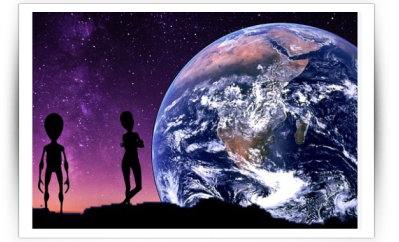| Alien species are the main driver of recent extinctions in both animals and plants, according to a new study by UCL researchers. They found that since 1500, alien species have been solely responsible for 126 extinctions, 13% of the total number studied. Of 953 global extinctions, 300 happened in some part because of alien species, and of those 300, 42% had alien species alone listed as the cause of their demise. Data from the 2017 IUCN Red List on the total numbers of species that are considered to have gone extinct globally since 1500. In total, 261 out of 782 animal species (33.4%) and 39 out of 153 plant species (25.5%) listed aliens as one of their extinction drivers. In contrast, native species impacts were associated with only 2.7% of animal extinctions and 4.6% of plant extinctions. "Some people have suggested that aliens are no more likely than native species to cause species to disappear in the current global extinction crisis, but our analysis shows that aliens are much more of a problem in this regard." "Our study provides a new line of evidence showing that the biogeographically origin of a species matters for its impacts. The invasion of an alien species is often enough to cause native species to go extinct, whereas we found no evidence for native species being the sole driver of extinction of other natives in any case."
The IUCN Red List identifies 12 broad categories of extinction drivers, including alien species, native species, biological resource use (hunting and harvesting) and agriculture. Alien species ranked first as a driver of animal extinctions, well ahead of the second place driver, biological resource use, which affected 18.8% of those lost. Overall, the number of animal extinctions caused in some part by alien species is more than 12 times greater than those caused in part by native species.
|
Some of the worst offenders are mammalian predators, such as black, brown and Pacific rats and feral cats, with island habitats hit the hardest. Some of these animals first invaded by stowing away on boats, though some, like cats and foxes, have been introduced deliberately.
Many plants were also intentionally introduced, such as plantation tree species or ornamental plants for gardens. Once in place, they start to spread and threaten the native flora and fauna around them; alien plants are several times more likely than natives to achieve a maximum cover of at least 80%.
Source: https://www.sciencedaily.com/releases/2019/03/190303211423.htm
 *Image source: https://www.blazingcatfur.ca/2019/03/05/global-warming-off-the-hook-alien-species-are-primary-cause-of-recent-global-extinctions/
*Image source: https://www.blazingcatfur.ca/2019/03/05/global-warming-off-the-hook-alien-species-are-primary-cause-of-recent-global-extinctions/
|